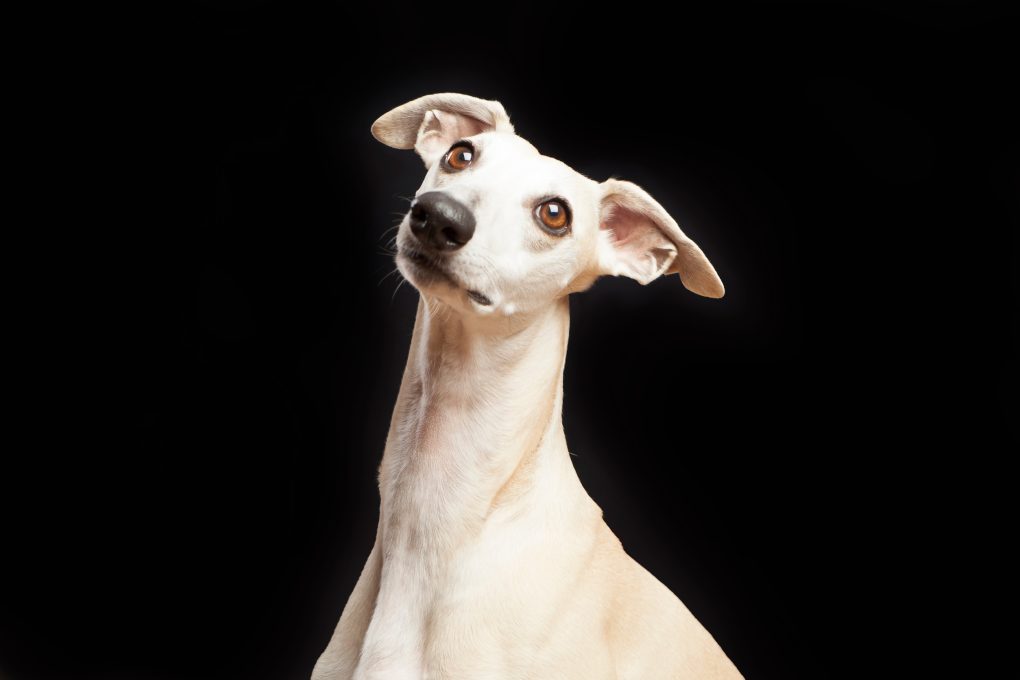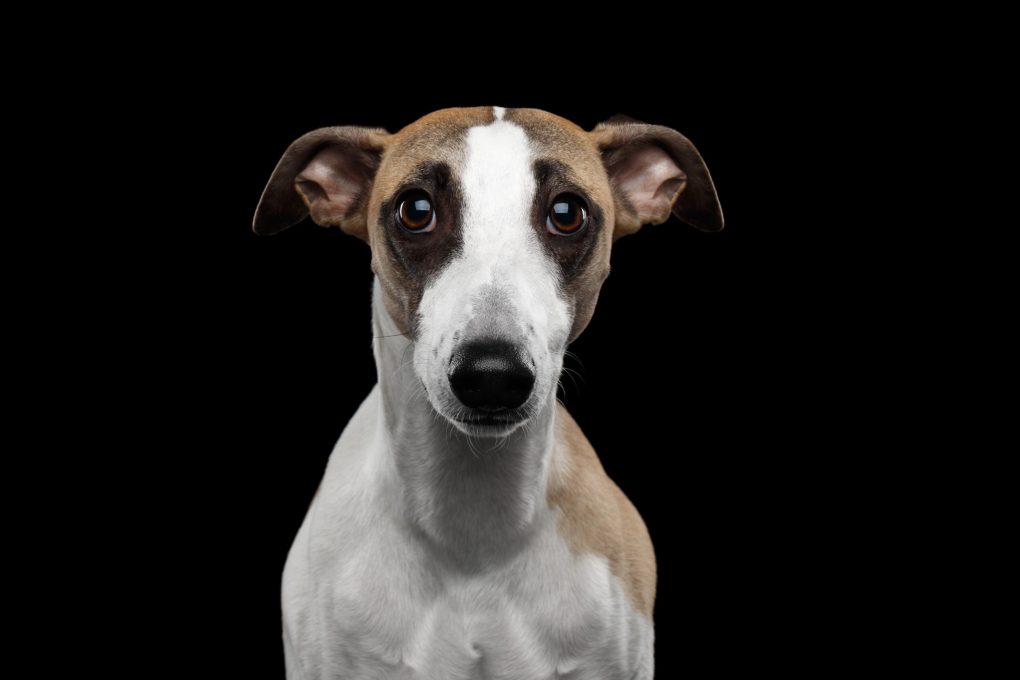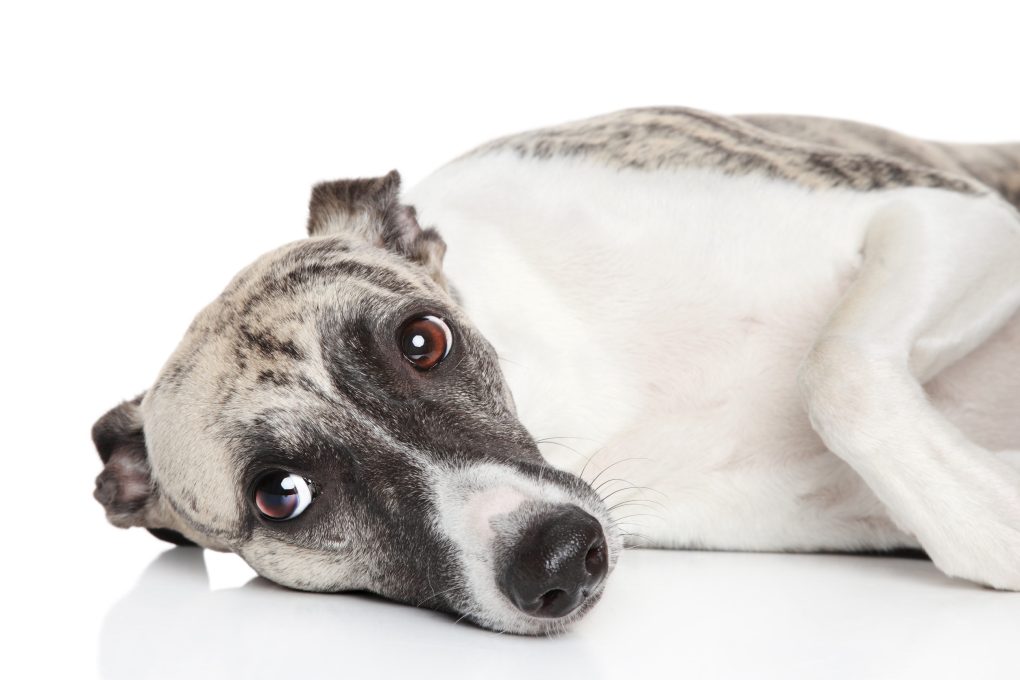How to Train a Whippet to Hunt Rabbits: Tips in Training Whippets and Reasons They Are Perfect for Rabbit Hunting
A Whippet can be trained to hunt a rabbit by putting rabbit skin around a tennis ball and practicing fetching using it to help get your Whippet used to the rabbit scent. The training process can be made more accessible by following simple steps, including feeding the Whippet treats, playing games, and providing positive reinforcement when the dog performs well in its training sessions.


Before starting any hunting training, your Whippet should have basic obedience training to ensure they will listen to your commands in the field. It’s also essential to recall your Whippet when hunting, as they can quickly become lost or injured—practice recall training in a controlled environment before moving on to the field.
Table of Contents
Tips in Training Whippets to Hunt Rabbits
Basic Training
Begin basic training with your Whippet as early as 4-8 weeks old to get them used to commands such as “sit”, “stay”, and “leave”. Hunting requires a dog that is obedient and responsive to commands. Basic training helps to establish a foundation of obedience and sets the tone for future training. A well-trained Whippet is more likely to be successful in the field and enjoy the work.
Building a bond with your Whippet is essential in preparing them for hunting rabbits. This can be done by teaching the dog “yes” and “no”. Once your Whippet has learned these commands, it will be easy for you to train it to respond to recall commands. This will make the dog more effective in the field.
Basic training also helps establish control over the dog, vital for safety and effectiveness. For example, a dog that is out of control or disobedient can be dangerous to itself and others and ineffective in the field. It can also help build the dog’sdog’s confidence and reduce anxiety in new situations. This is important for hunting, as the dog will need to be able to navigate unfamiliar terrain and handle unexpected situations.
Getting Used to a Rabbits Scent
Before you can train your Whippet to hunt rabbits, you’ll need to get used to the scent of a rabbit, which you can start doing by letting your Whippet sniff a rabbit pelt or rabbit droppings in a controlled environment, such as your backyard. Then, gradually increase your Whippet’s time with the scent.
Use toys or items infused with rabbit scent to play with your Whippet. This will help them associate the scent with positive experiences and playtime. You can also use rabbit scent to create a trail for your Whippet. Start with short trails in a controlled environment, and gradually increase the length and complexity of the trail.
Further, use rabbit scent while you take your Whippet on walks or runs. This will help them get used to the scent while engaging in physical activity. In addition, use rabbit scent to reward your Whippet during training sessions. This will help them associate the scent with positive reinforcement.
If possible, hunt with a more experienced hunting dog familiar with rabbits’ scent. This will allow your Whippet to observe and learn from the other dog’sdog’s behavior and reactions.
Try Lure Training


Lure training involves using a mechanical device, such as a lure pole or a flirt pole, to simulate the movement of prey by dragging a small lure along the ground, which the dog can chase and catch.
The basic idea behind this approach is that Whippets are natural athletes who excel at dog sports such as lure coursing, agility, and flyball. By using drag lures to train them to hunt rabbits, you can help them become more focused and precise when chasing prey on the field.
To use lure training to help Whippets learn to hunt rabbits, start with a bare lure pole or flirt pole, which can be easily purchased from pet stores or online retailers. Introduce your Whippet to the lure pole in a controlled environment, such as a fenced-in yard or indoor space. Use a lightweight lure, such as a piece of fabric or a small toy, and move it slowly along the ground to entice your Whippet to chase it.
Gradually increase the speed and distance of the lure, encouraging your Whippet to run after it and catch it. Once your Whippet has become comfortable with the lure pole, you can introduce them to a more realistic lure that simulates the movement of a rabbit.
You can use a lure made of fur or feathers attached to the end of the lure pole. Practice the lure training in various environments, such as fields, woods, and hills, to help your Whippet become comfortable chasing and catching prey in different settings.
Trigger Words
Training a Whippet to respond to certain trigger words or commands when hunting rabbits is possible. Some common trigger words or phrases used in hunting with Whippets include:
- Find it: This command can encourage the Whippet to start searching for prey.
- Hunt it up: This command can encourage the Whippet to start hunting and sniffing out the rabbit’srabbit’s scent. This trigger word should get Whippets into an alert state and eager to hunt. Pointing in the direction of the rabbit as you say this word helps Whippets become more accurate when hunting.
- There it is: This command can indicate to the Whippet that the rabbit has been sighted and encourage the dog to pursue it.
- Get it: This command can encourage the Whippet to chase and catch the rabbit.
- Leave it: This command can be used to stop the Whippet from chasing the rabbit or to release it after it has caught it.
Reasons Whippets Are Perfect for Rabbit Hunting


Whippets are well-suited for hunting rabbits due to their natural hunting instincts and physical characteristics. Whippets are one of the fastest dog breeds, with the ability to reach speeds of up to 56 km/h, making them ideal for chasing rabbits, which are also fast and agile animals.
This breed is also highly agile and able to make quick turns and changes of direction. This allows them to keep up with rabbits’ quick and unpredictable movements. Further, Whippets are sighthounds, which means they have excellent eyesight and can spot prey from a distance. This makes them highly effective at tracking and chasing rabbits.
In addition, Whippets are generally calm and easy-going dogs, making them well-suited for hunting in a pack with other dogs or with humans. They are also highly trainable and responsive to positive reinforcement, which makes them easy to work with.
